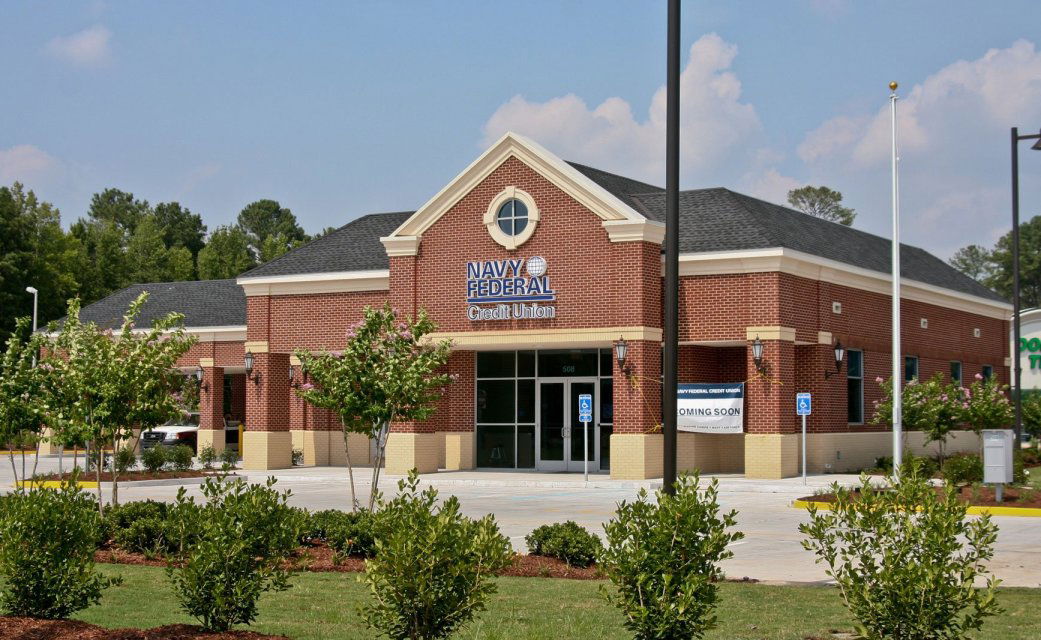Banks and credit unions may look the same at first glance. Both let you open checking and savings accounts, and both offer loans to their customers. But the way they’re structured is very different.
Banks are for-profit companies that focus on generating returns for shareholders, while credit unions are nonprofit cooperatives designed to benefit their members.

That single difference shapes almost everything else. It affects the fees you pay, the interest rates you earn, and even the quality of customer service. Knowing how banks and credit unions compare makes it easier to decide which one fits your financial needs.
What Is a Credit Union?
A credit union is a member-owned financial institution that operates as a nonprofit cooperative. When you join, you’re not just a customer—you become part-owner of the institution. Membership usually requires a shared link, such as living in a certain community, working for a specific employer, or belonging to an eligible group.
When you deposit money, those funds purchase shares in the credit union. Members elect a volunteer board of directors, and any profits are returned through lower fees, better loan rates, and higher savings yields instead of going to outside shareholders. Credit unions also provide the same level of deposit protection as banks, insuring up to $250,000 per member through the NCUA.
Many credit unions offer competitive rates on credit cards, auto loans, mortgages, and personal loans. While products vary, credit unions often beat banks when it comes to pricing on both deposits and borrowing.
Who Can Join a Credit Union?
Membership rules depend on the credit union, but qualifying has become easier over time. Local credit unions often base eligibility on geography—if you live within their service area, you may qualify right away. Others are tied to employers, schools, or government agencies, making them accessible to workers and their families.
Many credit unions now allow anyone to join by making a small donation to a partner nonprofit organization. These one-time contributions, often as little as $5 or $10, expand access to people across the country. Regulations have also shifted to make it easier for smaller credit unions to grow their membership and welcome more applicants.
If you want a more personal banking experience, check for county, city, or state credit unions near you. These institutions often provide community-focused service while still offering access to nationwide co-op ATM networks.
See also: Best Credit Unions Anyone Can Join
Pros & Cons of Joining a Credit Union
Credit unions return their earnings to members instead of outside shareholders. That structure often means lower costs, better rates, and more personal service. Still, they’re not always the right choice for every type of customer.
Pros
Here are some of the biggest advantages of credit unions:
- Lower fees: Many credit unions cut down on monthly maintenance fees, overdraft charges, and hidden costs.
- Better rates: Loan interest rates are often lower, and savings accounts or certificates typically pay more than traditional banks.
- Member-focused service: Because members are part-owners, credit unions emphasize personal service and community involvement.
- Local ties: Many support community initiatives and may offer special perks for people who live or work nearby.
- Flexible approvals: Credit unions are sometimes more willing to work with people who have lower credit scores or limited credit history.
See also: Why Joining a Credit Union is a Smart Financial Move
Cons
Credit unions do come with some trade-offs. Here are a few to consider:
- Limited access: Many credit unions have fewer branches and ATMs than big banks, though some participate in co-op networks that expand ATM access.
- Fewer digital tools: Smaller institutions may not offer advanced mobile apps, budgeting features, or round-the-clock customer support.
- Narrower product selection: Options like premium credit cards, specialized loans, or full-service business banking may be harder to find.
See also: Best Nationwide Credit Unions of 2025
What Is a Bank?
A bank is a for-profit financial institution that provides checking accounts, savings accounts, loans, and other services to customers. Unlike credit unions, banks are owned by shareholders who expect a return on their investment. That means profits are distributed to shareholders rather than returned directly to customers.
Banks are regulated at both the federal and state level, and customer deposits are insured up to $250,000 by the FDIC. Most banks also offer a wide range of services, from basic accounts to business banking, investment products, and wealth management.
Large national banks often stand out for their convenience. They usually have extensive branch and ATM networks, along with advanced online and mobile banking tools that make it easier to manage money anywhere.
Pros & Cons of Using a Bank
Banks remain the go-to choice for many people because of their size, reach, and technology. They also tend to offer the broadest mix of products. Still, higher costs and less personal service can make them less appealing compared to credit unions.
Pros
Here are some of the biggest advantages of using a bank:
- Nationwide access: Large banks have extensive branch and ATM networks, making them convenient for frequent travelers or people who move often.
- Advanced technology: Banks usually lead with feature-rich mobile apps, online banking tools, and 24/7 customer support.
- Wide product selection: From premium credit cards to business banking and wealth management, banks often provide more options under one roof.
- Business support: Banks tend to have stronger resources for small businesses, entrepreneurs, and commercial clients.
Cons
Banks also have their downsides, especially when compared with credit unions:
- Higher fees: Monthly maintenance fees, overdraft charges, and out-of-network ATM fees are more common at large banks.
- Lower savings rates: Deposit accounts usually earn less interest than credit unions.
- Less personal service: With a larger customer base, banks often provide less individualized attention and fewer community connections.
Credit Union vs. Bank: Key Differences
Credit unions and banks share many of the same services, but the way they operate sets them apart. Ownership, fees, interest rates, and technology are just a few of the areas where they differ. Knowing these contrasts can help you decide which one lines up better with your financial needs.
| Feature | Credit Union | Bank |
|---|---|---|
| Ownership | Member-owned nonprofit | Shareholder-owned for-profit |
| Fees | Generally lower, fewer hidden charges | Higher, with more account and overdraft fees |
| Loan Rates | Often lower interest rates | Typically higher interest rates |
| Savings Yields | Higher on savings accounts and certificates | Usually lower compared to credit unions |
| Technology | May lag with apps and digital tools | Advanced mobile apps, online banking, and support |
| Access | Smaller branch/ATM network, but co-op networks expand reach | Large national networks with thousands of locations |
| Service Style | More personalized, community-focused | Less personal, more standardized |
| Product Range | Limited to core banking and loans | Broader, with credit cards, business banking, and investments |
Best Credit Unions You Can Join in 2025
If you decide a credit union is the right fit, you’ll find plenty of options with nationwide membership and strong digital tools. The following credit unions are among the most accessible and well-regarded choices:
Alliant Credit Union
Membership is open through a simple donation to Foster Care for Success. Alliant Credit Union stands out with free checking, savings accounts paying up to 3.10% APY, and access to more than 80,000 ATMs. Members can also take advantage of insurance products, IRAs, and trust accounts.
Consumers Credit Union
Consumers Credit Union is open nationwide with a one-time $5 membership fee and a $5 deposit into a savings account. What stands out is their high-yield checking—earn up to 5.00% APY by meeting monthly activity requirements.
Consumers also offers competitive rates on auto loans, mortgages, and personal loans, plus a user-friendly mobile app and strong customer service.

Affinity Plus
Affinity Plus FCU is based in Minnesota but open to anyone who donates $25 to the Affinity Plus Foundation. Members receive free checking with mobile deposit, retirement and education planning tools, and business banking support.
Connexus Credit Union
Connexus Credit Union offers nationwide membership with a one-time $5 donation to the Connexus Association, which supports charities like the American Cancer Society and United Way.
Members can open a free checking account and a savings account with just a $5 minimum. Connexus also offers specialty accounts like a Holiday Club Savings, money market accounts, IRAs, education IRAs, and HSAs—making it a flexible option for both everyday banking and long-term saving.
Final Thoughts
Both banks and credit unions give you access to checking, savings, and loans, but the right choice depends on what matters most to you.
Choose a credit union if you value lower fees, better loan rates, and more personal service. They work especially well for people who want community ties and are comfortable with a smaller product range.
Choose a bank if you need nationwide access, advanced mobile tools, and a wide mix of financial products under one roof. Larger banks are often better for frequent travelers, business owners, and anyone who prioritizes convenience.
Think about how you manage money day to day, then match your habits with the institution that saves you the most time and money.




